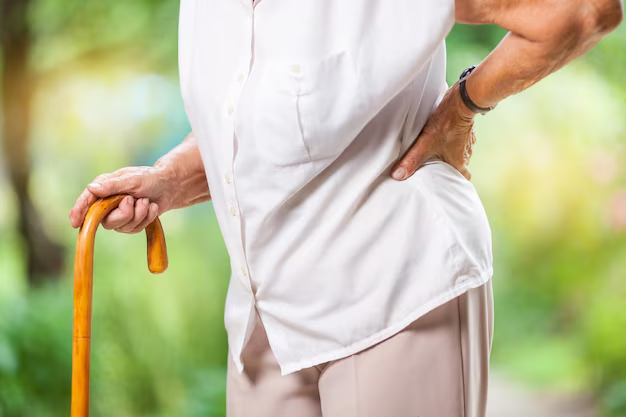Can Osteoporosis Cause Hip Pain? Here's What You Need to Know
If you've ever felt a sharp pain in your hip that just doesn't seem to go away, you might wonder if osteoporosis could be the culprit. Osteoporosis is a condition characterized by decreased bone density and increased fragility, which often goes unnoticed until a fracture occurs. While osteoporosis itself might not cause direct pain, its effects certainly can, especially in areas like the hip.
Understanding the Link Between Osteoporosis and Hip Pain
Osteoporosis can lead to fractures, and hip fractures are among the most common and serious consequences. The hip is a load-bearing joint, meaning it supports much of your body's weight. When bones are weakened by osteoporosis, they become more susceptible to fractures, which are painful and debilitating. The pain associated with a hip fracture is intense and immediate, often requiring emergency medical care and surgery. However, even without a fracture, individuals with osteoporosis may experience chronic discomfort in their joints due to underlying changes in bone structure and mechanics.
Identifying Symptoms of Osteoporosis-Related Hip Pain
While osteoporosis doesn't always cause symptoms initially, some signs may indicate problems brewing, including:
- Chronic or recurring pain in the hip or groin area
- Pain that worsens with weight-bearing activities like walking or standing
- A noticeable change in posture, such as stooping or bending forward
- Loss of height over time
If you experience these symptoms, especially if you’re over 50 or postmenopausal, it's wise to consult a healthcare professional for an evaluation.
Taking Control of Your Osteoporosis Risk
It's important to proactively manage your risk of osteoporosis. Starting from a young age, maintaining a diet rich in calcium and vitamin D and engaging in regular weight-bearing exercise like walking or lifting weights can strengthen your bones. Quitting smoking and limiting alcohol intake are also crucial preventive measures.
The Cost of Treatment and Managing Finances
Treating osteoporosis can be expensive, particularly after a fracture. Beyond the physical challenges, there are financial considerations that may add stress. Thankfully, there are various financial assistance programs and resources available. Whether you are seeking support for medical bills, looking for ways to cover daily expenses during recovery, or needing educational resources to better understand this condition, options are available.
With the right financial tools, you can focus on recovery without added monetary anxiety. Here’s a look at some potential resources to help ease the burden:
📚 Financial and Educational Assistance Resources:
- Medicare and Medicaid: Coverage options that may assist in covering treatment costs for osteoporosis-related conditions.
- Supplemental Nutrition Assistance Program (SNAP): Provides nutritional assistance for those unable to afford healthy food options.
- Low Income Home Energy Assistance Program (LIHEAP): Helps low-income households with heating and cooling energy costs, potentially freeing up funds for medical needs.
- Nonprofit Organizations: Many organizations offer financial support for medical bills or osteoporosis-specific programs.
- State Health Departments: Often provide resources and information about osteoporosis management and free screening events.
Using these resources wisely can lead to better management of osteoporosis and associated healthcare expenses. Always consult a financial advisor or social worker to discuss the best routes for your specific situation and needs.

Related Topics
- a Nurse Is Caring For a Client Who Has Osteoporosis.
- a Percutaneous Is Performed To Treat Osteoporosis Related Compression Fractures
- Can Alcohol Cause Osteoporosis
- Can I Do Pilates If I Have Osteoporosis
- Can I Reverse Osteoporosis
- Can Men Get Osteoporosis
- Can Osteoporosis Affect Teeth
- Can Osteoporosis Be Cured
- Can Osteoporosis Be Painful
- Can Osteoporosis Be Reversed